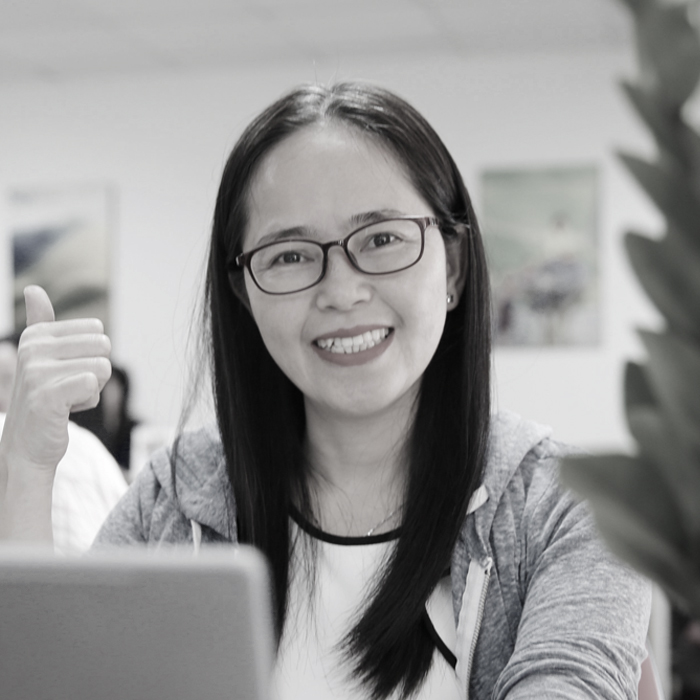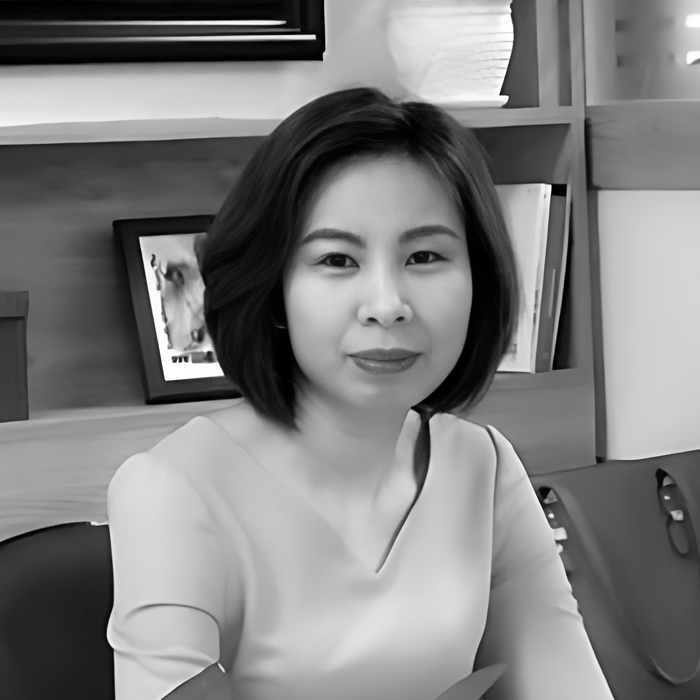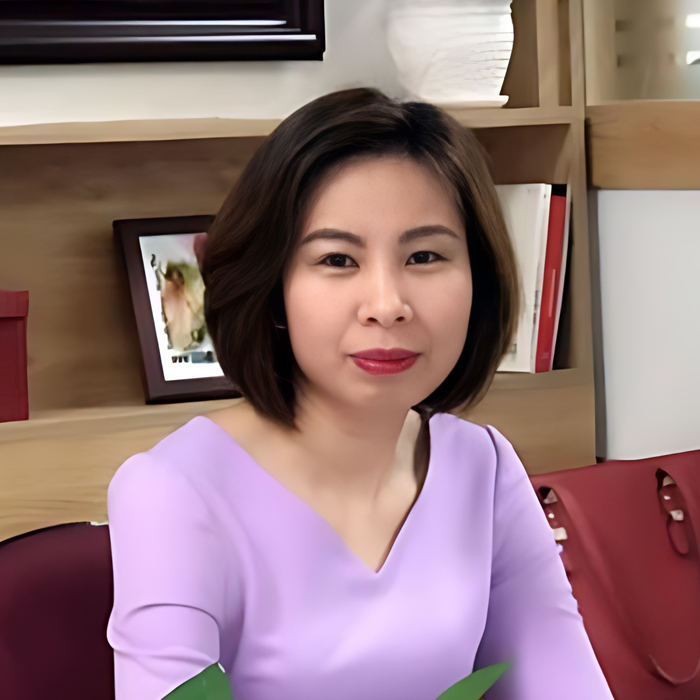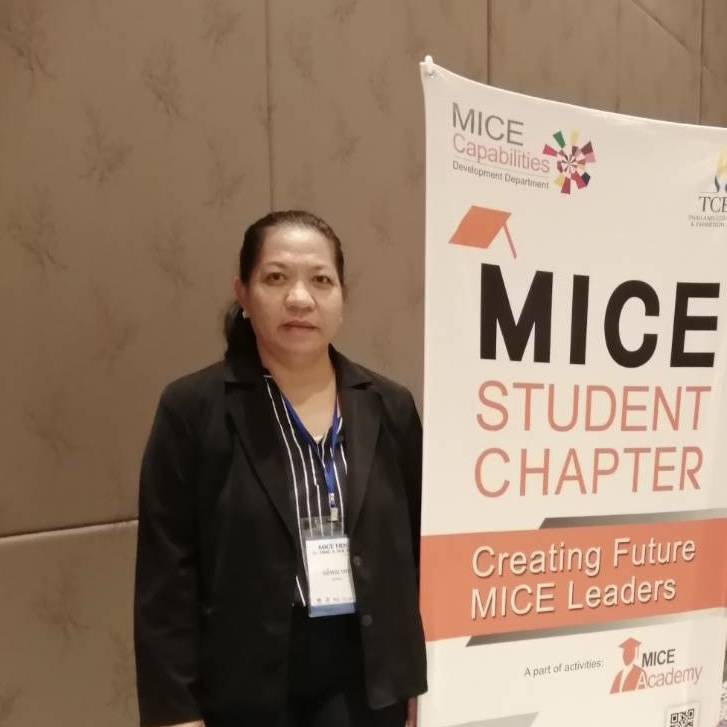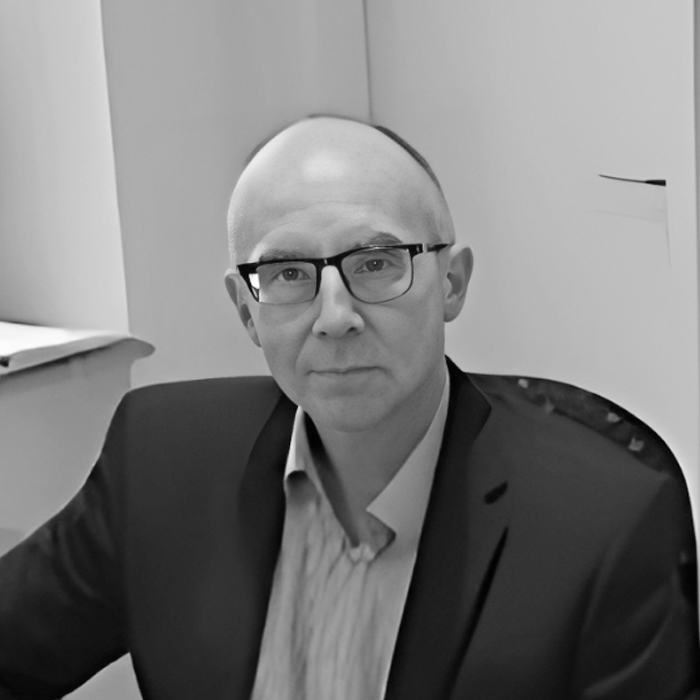Mekong Travel Guide
The “rice bowl” of Vietnam, Mekong Delta is a landscape carpeted in a dizzying variety of greens and slashed with mighty waterways. It's a water world where boats, houses, restaurants and even markets float upon the innumerable rivers, canals and streams that flow through the region like arteries. At times you can quite simply lose sight of land.
The area is both riparian and deeply rural, but it's also one of Vietnam's most densely populated regions, with nearly every hectare intensively farmed. Visitors can dwell on southern charm in little-visited riverside cities, sample fruits traded in the colorful floating markets, or feast on home-cooked delicacies before overnighting as a homestay guest. Mangrove forests, sacred Khmer pagodas and off-the-beaten-track attractions round out the picture.
When to go
There are only two seasons in Mekong Delta: dry and rain. The delta can be visited all year-round but the best time is the dry season from November to January. This is the coolest time of the year, average temperature is around 28oC. The monsoon lasts from May to October; however the rain never lasts too long, typically for one hour, and the temperature is also not too hot. Thus it is possible to visit the Mekong Delta in the rainy season.
How to get there
The Mekong Delta is located near Ho Chi Minh City, and Can Tho, the heart of the delta, is just 4 hour drive away. Thus it is easy to access by road, although there is only one main road, and as such it is rather crowded.
There are some flights between Ho Chi Minh City and Rach Gia in Kien Giang Province. The Mekong Delta is also a natural passageway from southern Vietnam to Cambodia, which can be entered overland or by river. Tourist can go from Phnom Penh to Chau Doc on a boat cruise. Bus are also available between Phnom Penh and Can Tho.
My Tho
Gateway to the Mekong Delta, My Tho is the capital city of Tien Giang province. Its close proximity to Ho Chi Minh City means a popular day-trip destination for a taste of river life – boat tours the local islands and their cottage industries daily. The riverfront makes for a pleasant stroll and the town is easily explored on foot.
My Tho was founded in the 1680s by Chinese refugees fleeing Taiwan after the fall of the Southern Ming Dynasty. The economy is based on tourism, fishing and the cultivation of rice, coconuts, bananas, mangoes, longan and citrus fruit.
Can Tho
The political, economic, cultural and transportation center of the Mekong Delta, Can Tho is the largest city in the region. It’s a bustling town with a lively waterfront lined with sculpted gardens and an appealing blend of narrow backstreets and wide boulevards. Nicknamed as “western capital”, Can Tho is famous for its floating market, rice paper making villages and picturesque rural canals. The city is around 169km from Ho Chi Minh City.
Vinh Long
The capital of Vinh Long province is about midway between My Tho and Can Tho, and 3 hour drive from Ho Chi Minh City. Vinh Long may not be the largest town in the Mekong, but it is noisy and chaotic as a major transit hub. Though the city itself has not many attractions, it is the gateway to island life and some worthwhile sites, including Cai Be Floating Market, abundant orchards and rural homestays.
Floating markets
Floating markets are the most typical feature of the Mekong Delta, where local people sell and buy foods, vegetables fruits and goods on water. Ferries and boats are very popular for transportation there. Most of floating markets start in the very early morning from 5am and finish after 4 or 5 hours. There are three largest floating markets in Mekong, namely Cai Be, Phung Hiep and Cai Rang.
Cai Be floating market
Cai Be is one of the three wholesale market in the region. It was formed in the Nguyen Dynasty in the 19th century, always busy, bearing all the characteristics of the locals’ life in the western region. Cai Be market is open all day. All the goods are transported to the market by rafts and boats. The market is located in the Tien River, adjacent to three provinces of Tien Giang, Vinh Long and Ben Tre.
Cai Rang and Phong Dien markets
Cai Rang and Phong Dien both are in Can Tho. Cai Rang is only 6km from the city. The market starts from sunrise to midday. The goods are usually agricultural products and specialties of Cai Rang Town and neighboring areas. Every boat has a long upright pole at its bow on which samples of the goods for sale are hung.
Phong Dien is located 20km southwest of the city. Due to farther location, it is less crowded and often considered as the most intimate and the best of its kind, with fewer motorized craft and more stand-up rowing boats. The market is at its bustling best between 6am and 8am.
Phung Hiep floating market
Phung Hiep market is situated at the intersection of 7 canals in Hau Giang province. It is also known for another name, “Nga Bay”. Apart from fruits, local products like snakes, birds, and turtle are sold near Phung Hiep Bridge. These specialties are almost bought and brought to restaurants in Can Tho or Ho Chi Minh City. Phung Hiep Snake Market, located close to the floating market, is also well-known. Visitors go there to taste the snake liquor and see the dangerous snake dance.
until you are totally satisfied with the trip plan.



